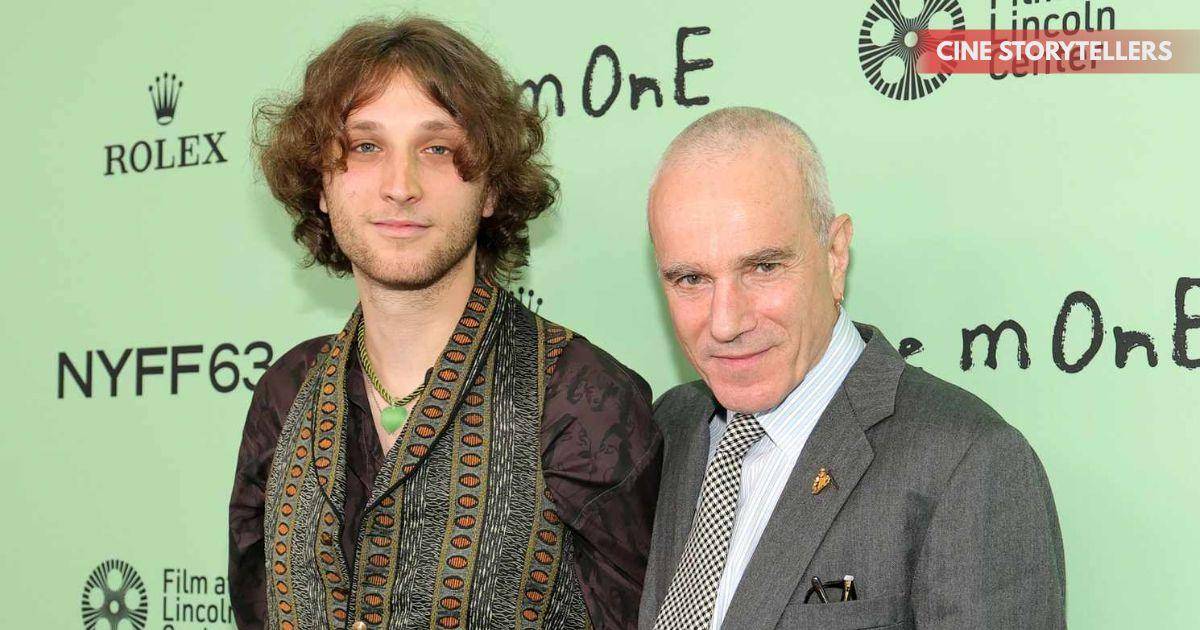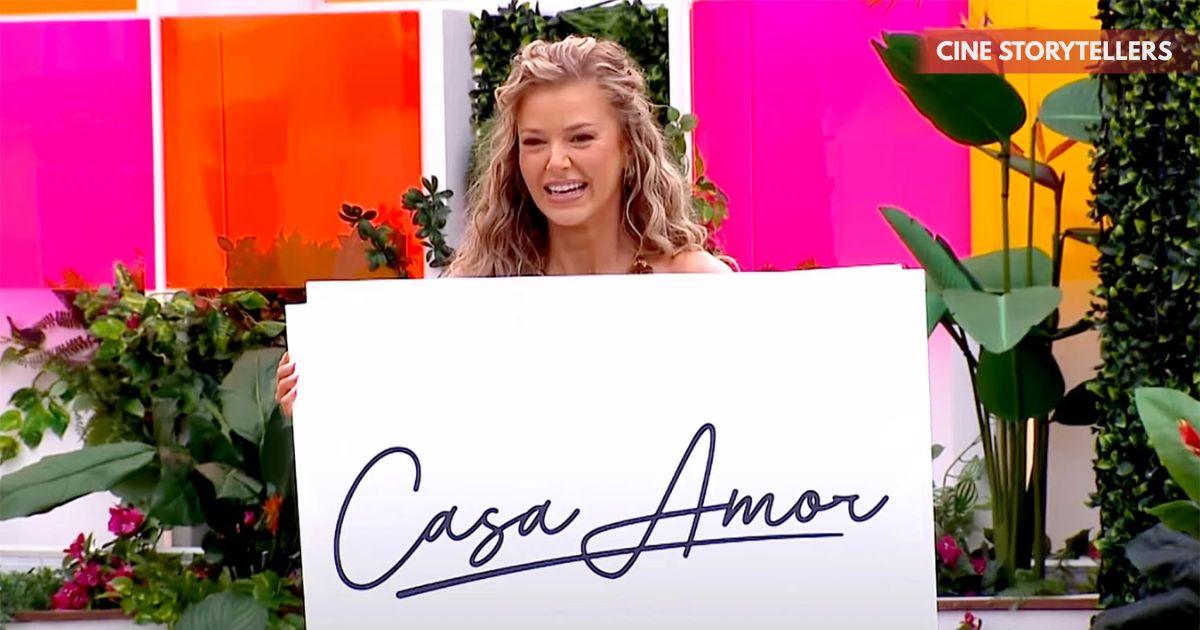After years away from acting, Daniel Day‑Lewis returns to the screen in Anemone, a compelling father‑son collaboration with director and co-writer Ronan Day‑Lewis. The film follows Ray Stoker, a man living in self-imposed exile, whose estranged son reappears after decades. Through intimate storytelling and powerful performances, the Day‑Lewis duo crafts a story about family, legacy, and emotional reckoning that marks a significant artistic milestone for both.
Daniel Day‑Lewis Returns: The Story Behind Anemone
For Daniel Day‑Lewis, stepping back from acting was never a retreat from creativity—it was a pause to explore different forms of expression. Anemone represents a rare return to film, motivated not by commercial ambition, but by the opportunity to collaborate with his son Ronan.
The idea originated with Ronan, who envisioned Ray Stoker, a man estranged from his son, living in solitude. Through collaboration with his father, Ronan developed the story into a layered narrative exploring regret, redemption, and human connection. This creative partnership allowed Daniel to immerse himself in a role that resonated personally and artistically.
Ronan Day‑Lewis: A Director’s Debut Steeped in Family Legacy
Ronan Day‑Lewis grew up surrounded by film and theater, with exposure to both his mother’s and father’s creative worlds. Directing Anemone marks his first major feature, though his passion for storytelling began in childhood, with small home films and experimental projects.
Ronan’s vision for Anemone emphasizes emotional depth over spectacle. By focusing on intimate settings, deliberate pacing, and nuanced performances, he created a film that feels both personal and universal. Working alongside his father, Ronan was able to merge generational insights—combining the experience of Daniel with fresh perspective and modern sensibilities.
The Plot of Anemone
Anemone tells the story of Ray Stoker, played by Daniel Day‑Lewis, a man who has withdrawn from the world and retreated to a remote cabin. After years of estrangement, his son unexpectedly arrives, portrayed by Sean Bean, triggering a confrontation with past choices and unresolved emotions.
The film explores themes such as:
- Estrangement and Reconciliation: How families navigate distance, silence, and emotional wounds.
- Identity and Legacy: The weight of inherited traits and the choices that define familial relationships.
- Isolation and Reflection: Physical and emotional exile as both punishment and self-discovery.
Through these themes, the story resonates with audiences seeking nuanced explorations of human connection and family dynamics.
Daniel Day‑Lewis’ Approach to the Role
Known for his meticulous approach, Daniel Day‑Lewis immersed himself fully in Ray Stoker’s world. The character’s isolation and emotional complexity required careful study, and the father-son collaboration enabled a level of trust rarely available in typical director-actor relationships.
Daniel’s work on Anemone blends subtle physicality with nuanced emotional expression, making Ray Stoker’s internal struggles palpable. Unlike blockbuster performances, the role relies on restraint, silence, and layered emotional cues to convey meaning.
The Artistic Dynamic Between Father and Son
The collaboration between Daniel and Ronan Day‑Lewis is unique in contemporary cinema. Daniel brings decades of experience and unparalleled dedication to character, while Ronan contributes vision, pacing, and modern storytelling techniques.
Their partnership created an environment where experimentation was encouraged, allowing improvisation, nuanced dialogue delivery, and subtle shifts in tone. This synergy produces a cinematic experience that is both intimate and resonant, demonstrating how multi-generational collaborations can push creative boundaries.
Filming in Isolation: Setting as a Character
The film’s remote cabin setting is more than a backdrop; it functions as a character in itself. The isolation reflects Ray’s internal state, creating a visual metaphor for estrangement and introspection.
Ronan uses cinematography to enhance this effect, with long, lingering shots capturing both the beauty and desolation of Ray’s environment. Lighting choices and minimalistic production design amplify the emotional stakes, allowing viewers to feel the weight of years spent in solitude.
Critical Anticipation and Cultural Impact
Anemone has drawn attention not only because of Daniel Day‑Lewis’ return but also for its thematic depth. Critics anticipate a film that balances quiet intensity with narrative richness, appealing to audiences who appreciate thoughtful, character-driven stories.
The father-son dynamic adds cultural and historical resonance. Daniel Day‑Lewis’ fans have followed his career across decades, and Ronan’s emergence signals a new generation of cinematic visionaries. This combination promises to elevate Anemone beyond a standard family drama into a modern classic exploring universal human experiences.
Why Anemone Matters in Contemporary Cinema
In an era dominated by high-concept franchises and spectacle-driven films, Anemone demonstrates the power of intimate storytelling. It is a film that prioritizes human experience, emotional truth, and relational complexity over flashy effects.
Moreover, the project highlights the possibilities of intergenerational collaboration in film, showing how experienced artists can mentor and co-create with younger filmmakers, producing work that is both innovative and emotionally grounded.
Looking Ahead: The Future of Djo-Day Lewis Collaboration
While Anemone may be a singular collaboration, it opens doors for future projects. Daniel Day‑Lewis has expressed interest in projects that allow him to combine performance with personal connection, and Ronan has proven his directorial capabilities.
Audiences and critics alike will likely follow both father and son in upcoming projects, curious to see how their creative partnership evolves.
Conclusion
Anemone is a rare cinematic event: a deeply personal, father-son collaboration that bridges experience and new vision. Daniel Day‑Lewis’ return is significant not for spectacle, but for the opportunity to tell a story of estrangement, reconciliation, and human connection alongside his son.
Through nuanced performances, intentional pacing, and a focus on emotional truth, Anemone offers audiences a reflective and resonant cinematic experience—a reminder that the most powerful stories often arise from personal bonds and shared creativity.
Also Read : Abbott Elementary Season 5: Release Date, Episode Guide, Cast Updates
FAQs
Q1: What is Anemone about?
Anemone follows Ray Stoker, a man living in isolation, whose estranged son returns after decades, forcing emotional confrontations and reconciliation.
Q2: Who directed Anemone?
The film is directed by Ronan Day‑Lewis, marking his feature directorial debut, co-written with his father Daniel Day‑Lewis.
Q3: Why is Daniel Day‑Lewis’ return notable?
Daniel Day‑Lewis had retired from acting, and his return represents a selective, personal project, allowing him to collaborate intimately with his son.
Q4: Who stars alongside Daniel Day‑Lewis?
Sean Bean plays Ray Stoker’s estranged son, while supporting performances round out the intimate, character-driven narrative.
Q5: Where and when is Anemone released?
Anemone is currently in theaters as of October 2025, released by Focus Features.
Q6: What themes does Anemone explore?
The film addresses estrangement, reconciliation, isolation, legacy, and the complexities of father-son relationships.
Join our WhatsApp channel for more updates and information about celebrities and entertainment
Discover more from Cine Storytellers
Subscribe to get the latest posts sent to your email.



